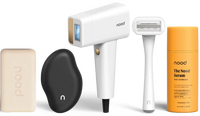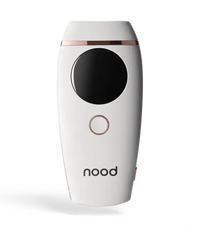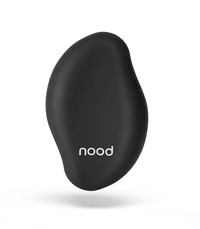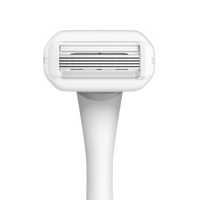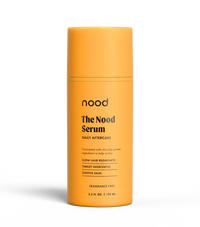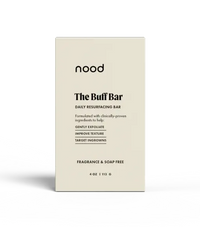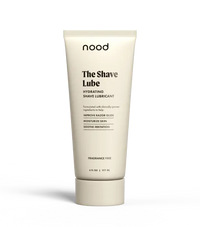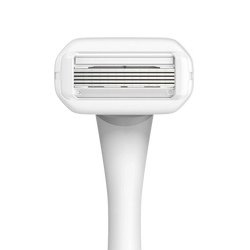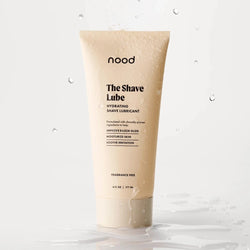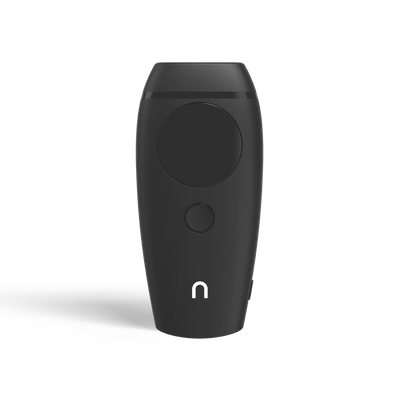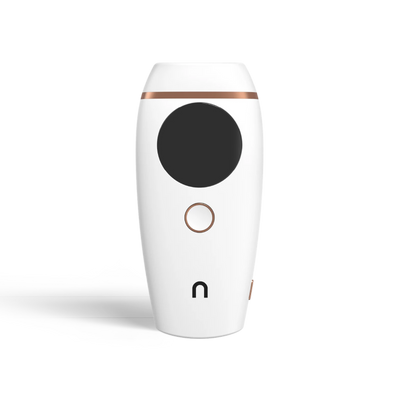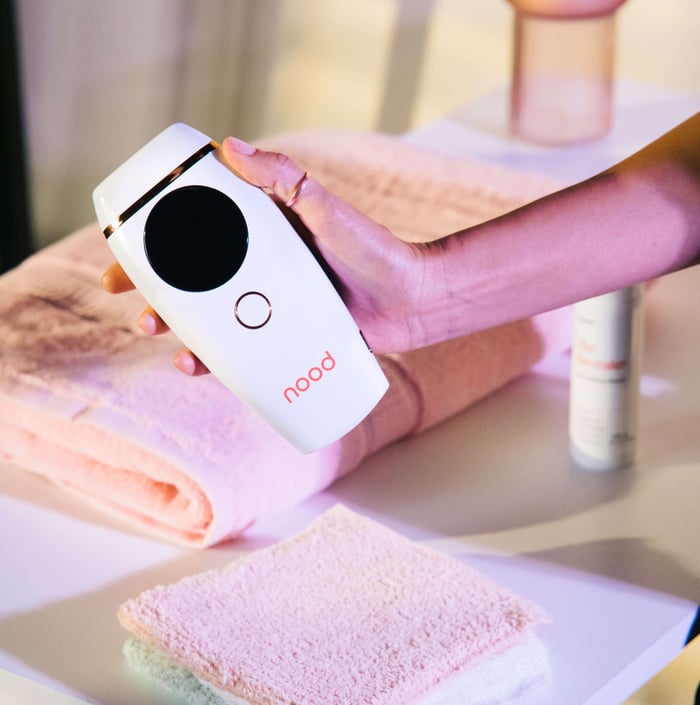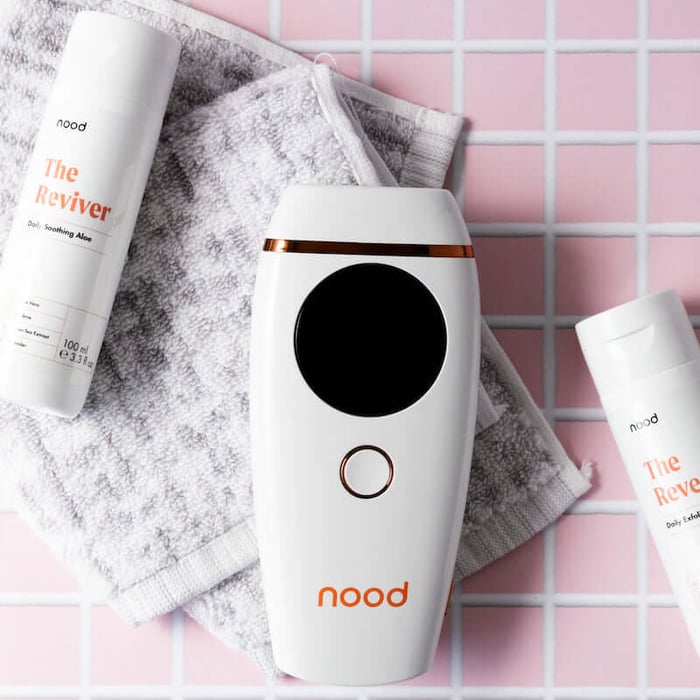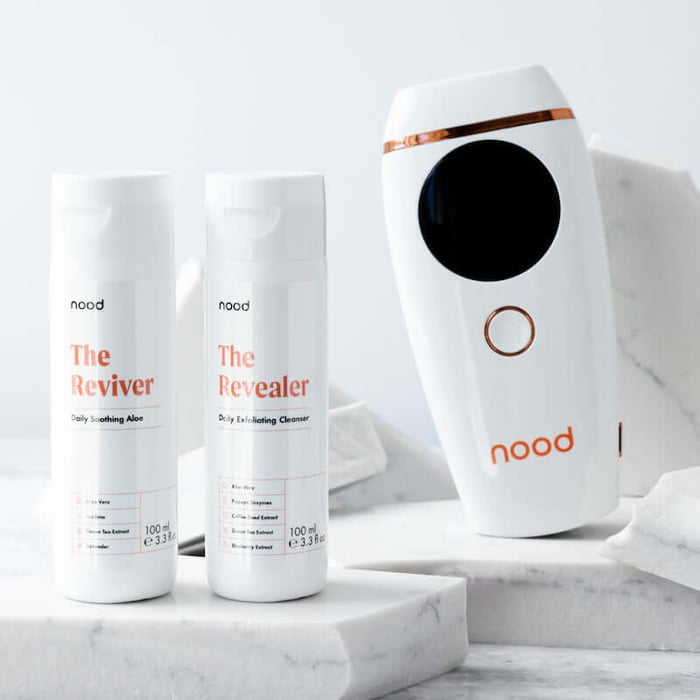
How IPL Laser Treatment Works & Why You Need It
IPL laser treatment for hair removal is nothing new. People have been using the light-based treatment to permanently remove unwanted hair since the mid-1990s.
We’ve come a long way since then, and we’re not just talking about mom jeans. Those are back, though, right?
IPL treatment today is more efficient and less painful than other hair removal methods, and at-home hair removal devices are just as effective at doing away with unwanted hair.
While it’s often referred to as IPL laser treatment, it’s not technically a laser doing the heavy lifting. Let’s get into all that and why it doesn’t get much better than IPL treatment for permanently hair-free legs, armpits, and any other fuzz that’s giving you grief.
Table of Contents
How IPL Works
IPL stands for intense pulsed light. The treatment works by using light energy to target active hair follicles in unwanted places. The sacs around the follicles absorb that light, which causes damage at the source. This is a good thing. Damaging the hair follicle prevents new growth.
What does IPL laser do? An IPL laser, or more accurately, broadband pulsed light, heats the surface of your skin to the point that targeted skin cells and hair follicles begin to break down.
Those wavelengths of light are non-ablative. All that means is that IPL hits underneath your skin’s top layer, or dermis. That’s exactly what you want out of your hair removal treatment to make sure it’s getting at the hair follicles.
Do IPL laser treatments work? Yes, IPL laser treatments work! Most people see an 85% reduction in hair in targeted areas in just 8 weeks.
You’ll need touch up sessions every 1-2 months for the more permanent results you crave, but that’s because IPL can only hit hair follicles in an active growth cycle.
IPL vs. Laser Treatment
IPL and professional laser treatments have the same goal in mind: forcing targeted hair follicles to bite the dust. Both use light and heat to make that happen by targeting the pigment, or melanin, in the hair follicles.
The difference comes in with the type of light and wavelengths used during your treatment. Laser hair removal involves a single, focused laser. IPL uses a broadband pulsed light. Fans of IPL for hair removal like that it can cover larger treated areas.
IPL Treats Way More Than Unwanted Hair
IPL treatments are popular in the dermatology world for more than peach fuzz. The same technology can reduce the appearance of a variety of skin concerns by stimulating new collagen growth. That’s a key component of many cosmetic treatments.
Collagen production decreases as we age. As we get older, our skin gets thinner and less likely to bounce back from sun damage, superficial scarring, and other signs of aging.
IPL photofacial treatments address these skin concerns by using light energy to target discoloration in the skin. These treatments are also called photorejuvenation. As a bonus, IPL skin treatments pack fewer side effects than chemical peels or laser resurfacing sessions.
IPL is also used for:
- Freckles
- Sunspots
- Birthmarks
- Improved skin texture
- Red spots
- Brown spots
- Acne scars
- Spider veins
- Rosacea and other vascular lesions
- Broken capillaries or blood vessels
- Fine lines and wrinkles
The Flasher 2.0 by Nood is designed for hair removal, but many of our customers rave about what it’s done for their skin. That includes spider veins, age spots, and stretch marks. If you’re not sure whether IPL is right for your skin rejuvenation goals, talk to your dermatologist.
What To Do Before Treatment
Follow a provider’s instructions to the letter before IPL treatment. If you’re about to start a session with your new at-home IPL device, read through the manufacturer’s directions thoroughly. If your eyes start glazing over at any point, put down the pamphlet until your coffee kicks in. You don’t want to just assume you know what you’re doing.
Otherwise, good skin care is a big part of what you’ll do before an IPL treatment. Here’s what we recommend as prep:
- Skip the retinol. If acid-based skincare products like hyaluronic acid are part of your skincare routine, take a week off before and after your IPL treatment.
- Pamper yourself. Hydrate. Get plenty of rest. Dehydration and fatigue can lower your pain threshold and make your treatment more uncomfortable than it needs to be.
- Try a patch test. If you’re dealing with sensitive skin, try a patch test first to see how your skin reacts. With a Nood device, you should be able to tell with just 1-2 test flashes.
- Shave the targeted area. This makes it easier for the device to find the hair follicle. Over time, you’ll need to shave less and less.
- Don’t wax or pluck. Don’t thread or epilate, either. You don’t want to do anything that pulls the hair at the root.
- Exfoliate. Treat your skin to some gentle exfoliating before your treatment. We like The Revealer, a daily exfoliating cleanser that can reduce skin irritation and ingrown hairs.
- Keep it clean. IPL works best on clean, dry skin. Skip the heavy moisturizers, makeup, and perfumes.
Does IPL Treatment Hurt?
IPL treatment can hurt or cause discomfort for some people, but it’s nothing like the horrors of waxing and is less painful than traditional laser hair removal. Whether it hurts for you depends on your pain threshold and the treatment area you’re flashing.
Your bikini line is more sensitive than your arms, but we probably didn’t have to tell you that.
We’re not saying “no pain, no gain.” Most people describe The Flasher 2.0’s feeling as a “warming sensation.” Others could snooze through it.
Quick shoutout for hair removal from your living room: At-home IPL treatments are less painful than professional IPL or laser treatments and just as effective. One of the best parts? You control the intensity level. No one knows your body as well as you, so you’ll know how to adjust for sensitive areas.
What To Do After Treatment
There’s no downtime after an IPL treatment. If you’re using an at-home IPL device, you can get back to your wine and Netflix minutes after your hair-busting session. (Tbh, you probably left Netflix on during your session anyway.)
To keep possible skin irritation at bay, here are a few aftercare tips — no matter where you had treatment:
- Hands off. Don’t scratch, touch, or rub the treated areas.
- Get comfy. Wear loose clothing to give your skin room to breathe after your treatment. If you experience any skin irritation, you won’t want to be wearing pleather.
- Practice good sun care. Protecting your skin against sun exposure is even more important after your IPL treatment. Use an SPF of at least 30+.
- Stay cool. Skip hot showers and saunas. Warm or lukewarm water is fine. If your skin is extra sensitive, you can ice the area for 10 minutes at a time.
- Exfoliate. Yep, you can use a gentle exfoliant before and after your treatment. If you notice any redness, wait a few days before sloughing away any loose hairs.
- Try an aloe vera gel. At Nood, we recommend The Reviver as your post-treatment go-to. It’s cooling effect soothes your skin.
What are the risks of IPL laser treatment? The most common risks or side effects of IPL laser treatment are swelling and redness. Some people also notice hyperpigmentation, or dark patches, after their treatment. Fewer than 1% of people experience side effects, and most of those effects go away within a few hours.
When To Avoid Treatment
We’d love to say that anytime is a good time for an IPL session, but we want your experience to be safe and effective. Avoid IPL treatments if:
- You have a sunburn. Hold off until your skin has fully healed. If your skin is already damaged, IPL treatment can irritate it more. Give your skin some time to heal itself.
- You just got a spray tan. Sunless tanning is great when you’re trying to stay out of the sun, but it can make it harder for an IPL device to “see” your hair follicles. It won’t hurt you, but it also won’t do a great job removing hair.
- You’re on your period. We know you’re tough, but many women say their pain thresholds just aren’t as high during their periods. If you’re more sensitive to pain during your period, just wait until it’s over for your next treatment. This one isn’t set in stone — you do you.
IPL treatments are great for so many, but they aren’t for everyone. You’re not a candidate for IPL if:
- You have epilepsy. The flashing lights used in IPL devices can trigger seizures for people with photosensitive epilepsy.
- You’re just a kid. You should wait to start IPL treatments until after you hit puberty. We recommend waiting until you’re 18.
- Your skin is very dark. Much like laser hair removal, IPL works best when there’s a good amount of contrast between hair and skin tones.
- You have light hair. Blondes and silver foxes will also have to look elsewhere. There isn’t enough melanin in blonde, red, or gray hair colors to allow the IPL device to do its work.
- You’re on Accutane. The intense acne treatments make your skin super sensitive. We recommend waiting 6 months after completing Accutane to start IPL treatments.
If you’re pregnant or breastfeeding, check with your doctor before using an IPL device. There’s no evidence that IPL is harmful in those cases, but we always defer to physician advice here.
Let’s Talk About Money
How much does IPL laser cost? IPL laser cost depends on whether you choose an in-salon treatment or an at-home device. If you want a professional IPL treatment, you’ll pay for each session.
At-home IPL is a one-time fee to cover the cost of your device. The Flasher by Nood is just $189. That isn’t the cost of each session. That’s the total cost of your Nood handset.
Professional laser hair removal is more expensive. It starts anywhere from $50 per session for your chin hairs to $900 per session for full body hair removal.
At Nood, we believe your body hair goals shouldn’t cost you an arm and a leg, even if they’re hair-free. If you don’t like the upfront cost, we can work with that. Pay with Shop Pay and you can get started with Nood for 4 interest-free payments of only $47.
At-Home IPL Treatment Is Just As Effective
It doesn’t get more convenient than an at-home IPL treatment. If you like saving money, the cost savings of at-home treatments are huge. Here’s the big one: an at-home IPL device is just as effective as what you’ll get at the salon.
It’s just as effective as conventional laser hair removal, too.
At Nood, we’re so confident you’ll fall in love with your handset that we offer a 90-day money-back guarantee. Give us those 90 days to prove that you don’t ever need to go back to the salon for your hair removal again. Try The Flasher 2.0 today.
Want to see what we’re up to? Follow us on Instagram.

